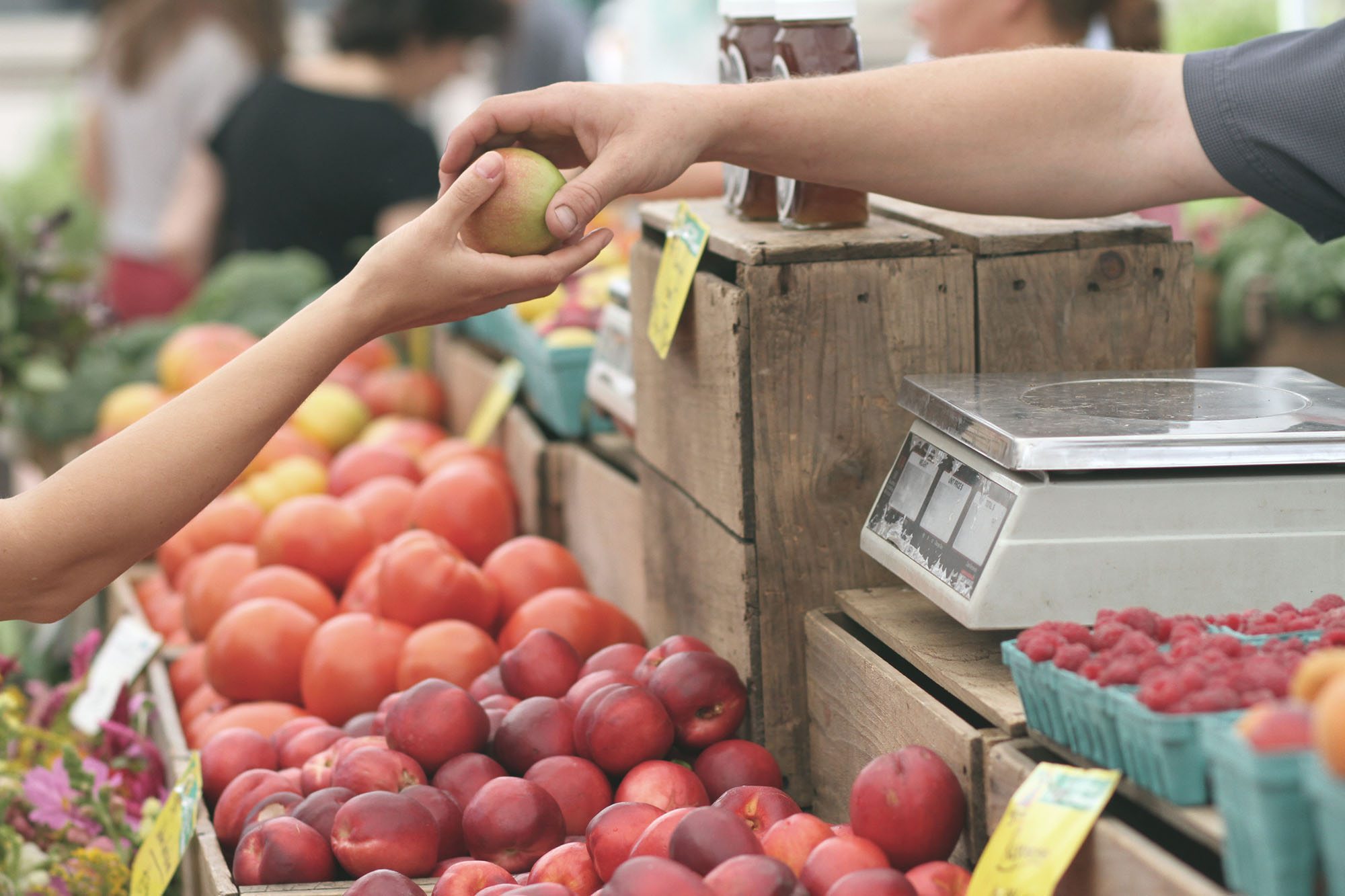
Selling online – part one
19th December 2016
When a prospect arrives at your site, your marketing is done. Now is the time to maximize sales, and that starts from your home page. The key principle in selling is to remove all barriers to deciding to buy and then making the buying process simple. That needs to be the focus within your store.
Typically the reasons on which a decision to buy is based are deep in our subconscious mind. Even those of us who consider ourselves highly rational can be surprised to discover this fact, typically after we have made a purchase against our normal behaviour. The overwhelming majority of people will end up buying what we feel is right, rather than going through a checklist.
Remember that the more annoyed prospects become, the less likely they are to buy, as it will feel wrong, even when everything else is right. You can create annoyance by, for instance, making it hard to find critical information like when an order will ship and how much delivery will cost.
The journey that makes up a prospect’s experience of a site consists of all of the links that they click. When they come to click each link, they will have an expectation that a particular question about a product, term or condition will be answered. Every time we fail to meet that expectation, we are reinforcing the feeling that this is the wrong place to buy.
Do the simple things well
Have you ever felt a degree of cynicism when reading the latest, greatest idea for business? If you have, then we share a common emotion. New ideas can help businesses, but rarely to the extent claimed, and sometimes they even have a negative impact. In contrast, some of the best business results can come by going back to the basics. The latest ideas may sound exciting but it’s important not to neglect the simple things that remain critical for success. For instance, you need to highlight key facts like how to buy, delivery costs, guarantees and other aspects of your proposition many times in the site – once is never enough for these things.
These suggestions come at the dull end of the spectrum, and certainly aren’t exciting or new. However, if you are under performing in any of the areas mentioned, they could collectively have a dramatic impact on orders. When considering where to expend precious time and resources, there’s only one critical question to ask. What will this do to my sales?
Make the site fast
Adobe, the people behind PDF files and more, have recently said that when selling online “improving speed can reduce abandonment rates by up to 41%”. Google also reports that a 30% increase in page load speed results in a 30% increase in business. They have also categorically stated that a speedy site will rank better. And obviously buyers like fast sites too. In our experience, moving our customers to faster hosting packages has seen traffic to the sites grow up to 50%. It’s simple. If you want a successful web business it’s a false economy to cut corners on hosting costs. Load times can also be optimised by reducing the size of images and pages.
Answer all of the prospect’s questions
It seems incredible to me how some online retailers miss sales by simply not providing enough information about products. Don’t just have one small image of a bouquet, but allow visitors to zoom in. Include instructions and practical tips on every aspect of using the product. If you are selling flowers, perhaps have a page with details of all of the ranges of flowers that you sell covering their history and when they are at their best. The more information that you provide, the easier it is for them to buy, and indeed it’s a way to encourage them to return. It’s noticeable that the best online retailers have spent huge amounts of time on their descriptions and pictures of their products. It really works.
Accept Paypal
Some online shoppers have a balance in their PayPal account, especially if they have sold off some old items on eBay, and it may be burning a hole in their pockets. That’s why it’s quite common for online stores that start accepting PayPal payments to see their sales increase by around 10%. This may vary depending on the typical demographic of your buyer, but if you don’t already accept PayPal it’s well worth the minimal effort to do so…

